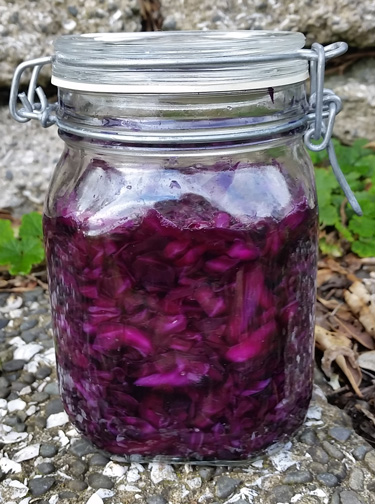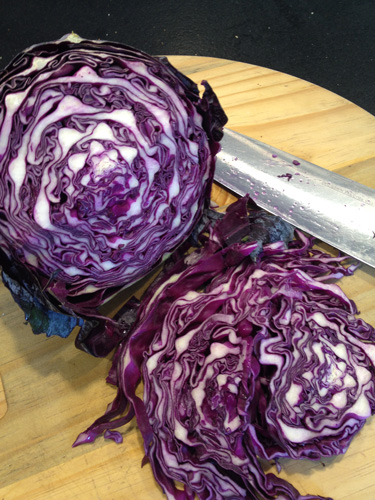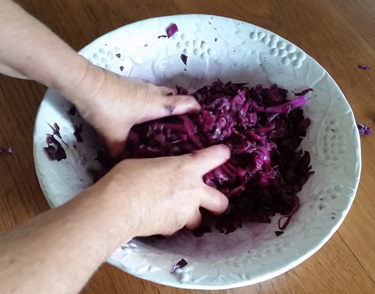How to make sauerkraut
Naturopath Meryn Wakelin expounds the virtues of fermentation.
Fermenting is my favourite way to preserve food from my garden. Man has been preparing and eating fermented foods for thousands of years and around the world today many cultures understand the great and varied health benefits of including fermented foods in their daily diet.
Because fermentation requires no heating, it naturally preserves all the nutrients and enzymes. The microbes responsible for fermentation are themselves beneficial to our digestive system, not only preserving the vitamins and enzymes already in the raw food but creating new ones, specifically B vitamins and vitamin K2. Additionally, fermentation makes minerals more available for our bodies to absorb and reduces stress on our digestive systems.
How to get the most from your fermented food
- Use food that’s fresh, preferably on the day it is harvested. This is most easily achieved by growing your own.
- Choose organic food whenever possible. Wash well before processing.
- Use filtered water if you are on town supply. Chemicals added to kill harmful bacteria also kill the beneficial bacteria required for fermentation.
- Use pure sea salt. Table salt contains additives that can impede the process and flavour.
How to make sauerkraut
As a first fermentation project sauerkraut is the perfect choice. It is quick and easy, and all you need is cabbage and salt. This recipe makes enough to fill one 750ml jar with a sealable top. Prep time: 20 minutes. Fermentation time: 4 days to 4 weeks (I like to eat mine at about 7 – 10 days).
900g cabbage
4 teaspoons (20g) sea salt
- Peel off and discard outer leaves. Cut into quarters and remove core and slice finely.
- Place in a mixing bowl and sprinkle over salt.
- With clean hands massage and pummel the cabbage until it becomes soft and you can squeeze out lots of liquid. This takes up to 10 minutes. You need plenty of liquid so that it covers the cabbage once packed in the jar.
- Pack the cabbage firmly into the jar, pressing it down with a smaller jar or a large spoon to remove air bubbles and release plenty of liquid to cover. The cabbage will expand as it ferments so leave at least 2 cm clear at the top of the jar.
- Close the lid and store in a cool dark place at 10–15ºC.
- Check each day. Open the jar, smell, taste, and press down to keep liquid over the top. After a few days it will begin to bubble, and after a few more it will develop the ideal sour flavour and smell to suit your taste. You can stop the fermentation process whenever you like by placing it in the fridge. Eat a little as a condiment at least once every day. Enjoy!
Meryn Wakelin is a naturopath and nutrition consultant. www.healnaturally.co.nz
15-Apr-2024


Red cabbage

Step 3


